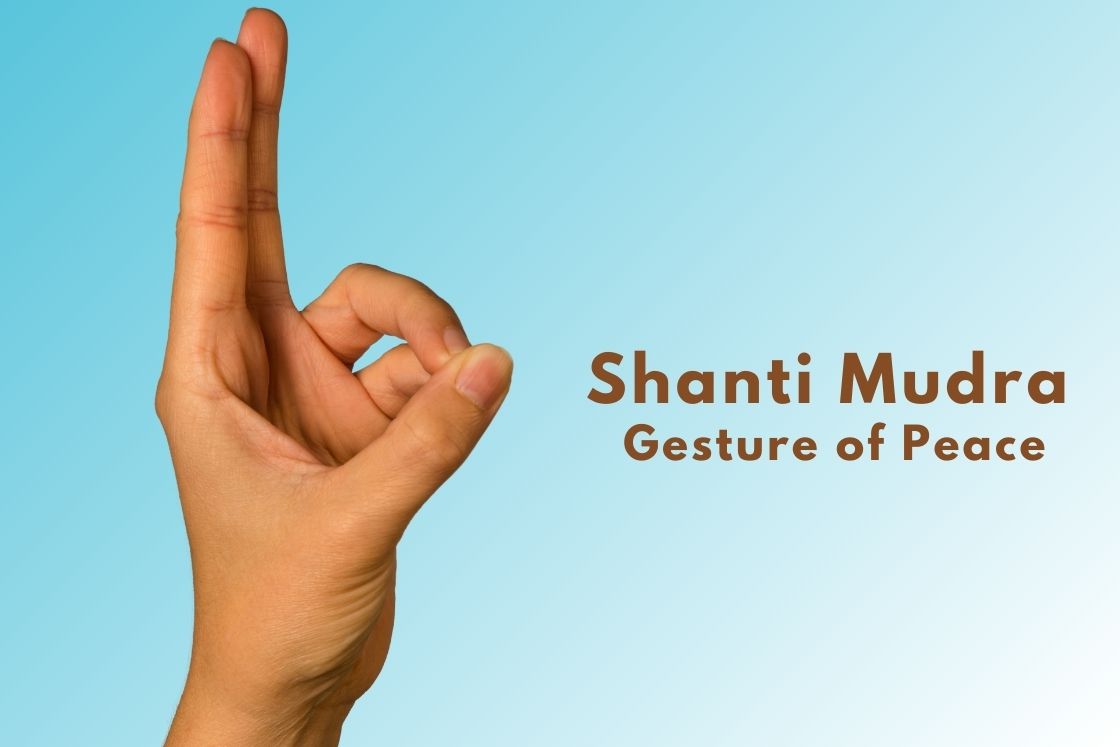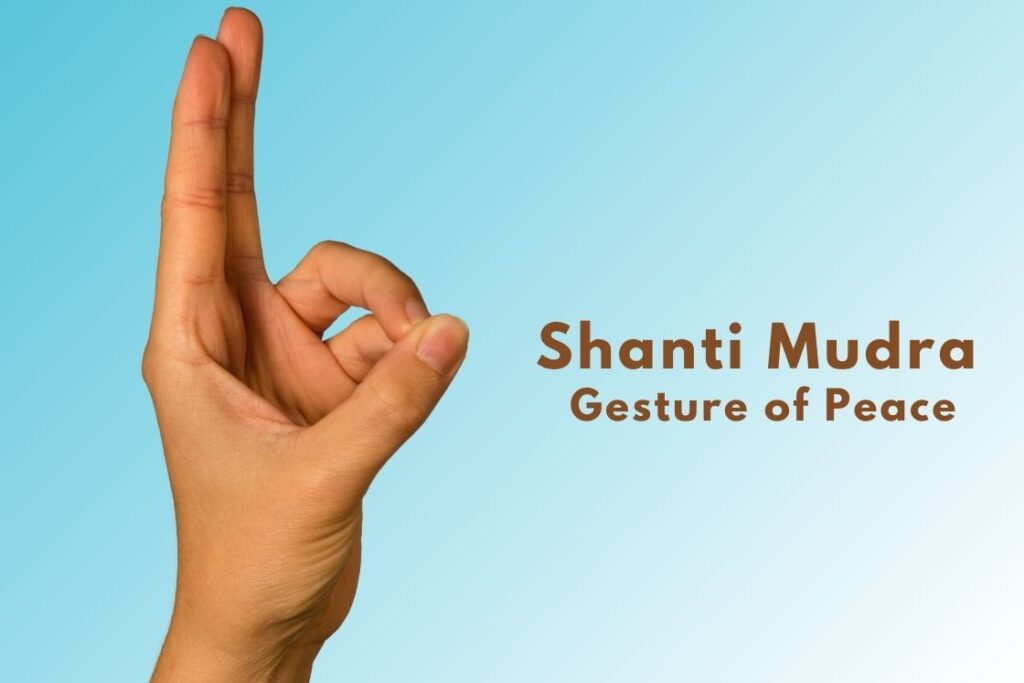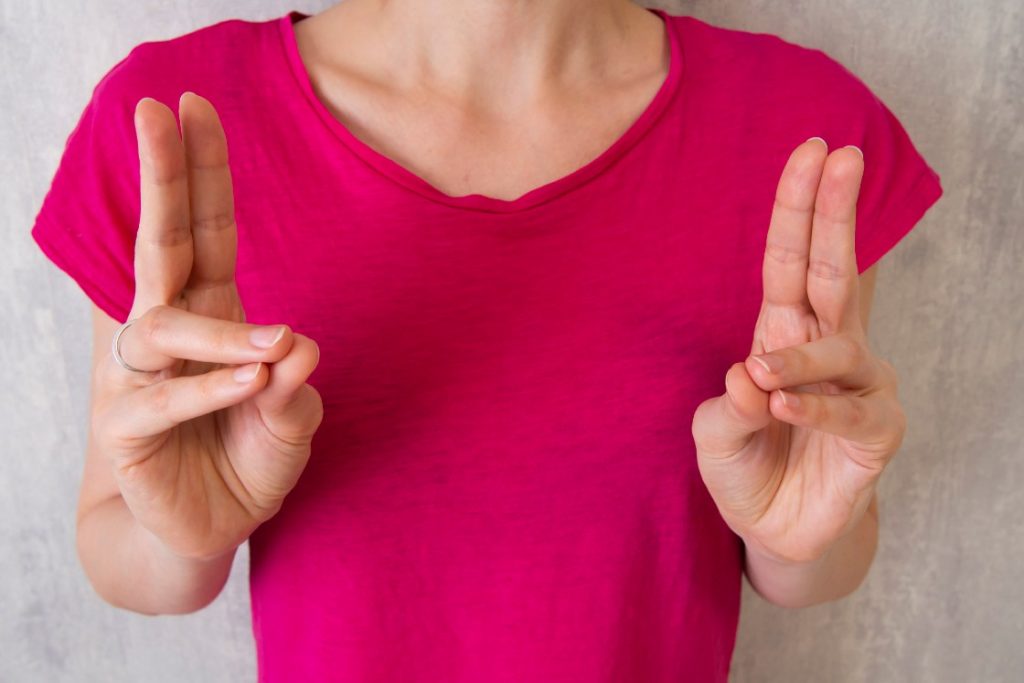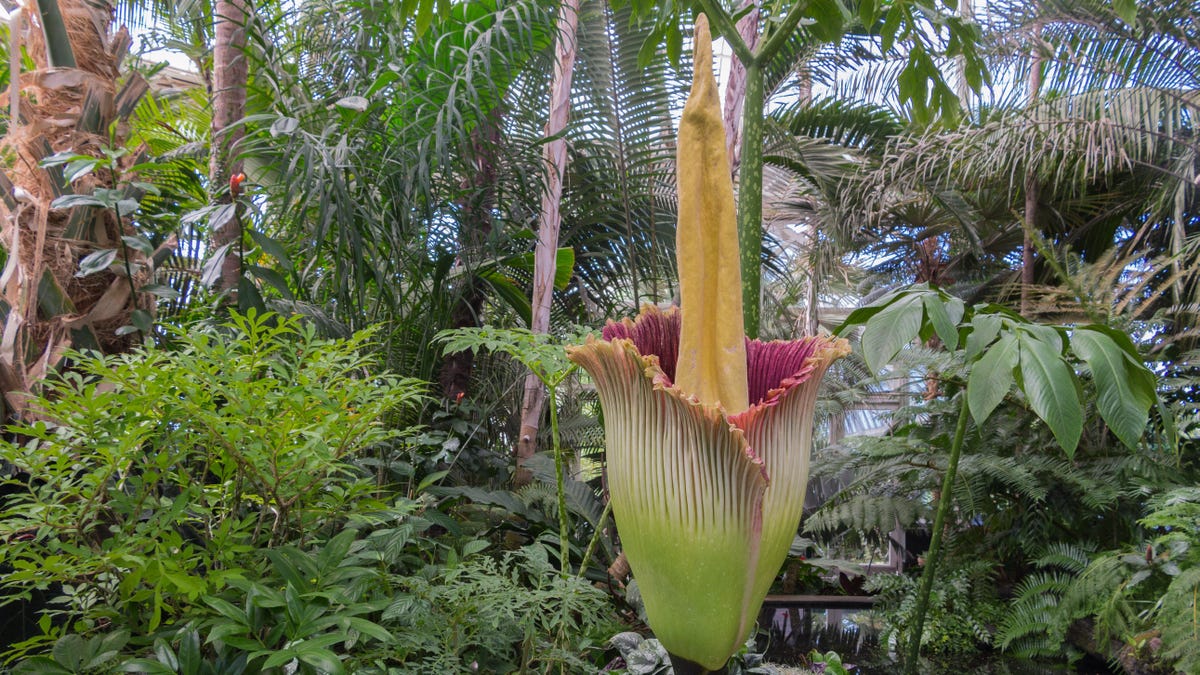Shanti Mudra (Gesture of Peace): Benefits and Steps to Perform
Shanti Mudra, often synonymous with Prana Mudra, is a revered hand gesture known for invoking inner peace and enhancing vital energy (Prana). It’s a gesture that helps in calming the mind and body, making it ideal for moments when...


Shanti Mudra, often synonymous with Prana Mudra, is a revered hand gesture known for invoking inner peace and enhancing vital energy (Prana). It’s a gesture that helps in calming the mind and body, making it ideal for moments when one needs to slow down, find inner peace, and connect with a deeper sense of tranquility.
Mudra is derived from the Sanskrit word “mudita” meaning happiness, joy or bliss. Mudras are more than just symbolic hand gestures; they are designed to evoke specific feelings and states of mind. By aligning our physical body with our mental intentions, mudras act as bridges, connecting our worldly experiences with our innermost desires.
In this article, we’ll delve deeper into the significance of Shanti Mudra, its benefits, and the correct way to practice it for optimal results.
Meaning & Significance
The term “Shanti” in Sanskrit translates to “peace.” Shanti Mudra embodies this essence, serving as a symbolic hand gesture that channels inner peace and harmony.
Shanti mudra, synonymous with Prana Mudra, is a very helpful for those seeking tranquility and a deeper connection to their inner self. It resonates with the idea of calmness, grounding, and vital energy rejuvenation.
The significance of the Shanti Mudra lies in its ability to act as a bridge between the physical and metaphysical. While the physical act helps in grounding and centering the practitioner, the metaphysical aspect aids in connecting with the universal energy of peace. In a world filled with chaos and noise, the Shanti Mudra stands as a beacon, guiding individuals towards a sanctuary of inner calm and resilience.
How to Perform Shanti Mudra
 Image Source: Shutterstock
Image Source: ShutterstockTo perform shanti mudra, touch the tips of your thumb, ring finger, and little finger together. The index and middle fingers should remain extended and relaxed.
Begin by sitting in a comfortable meditation posture. You can use Padmasana (Lotus Pose), Sukhasana (Easy Pose), or simply sit cross-legged on the floor. Keep your spine straight and your shoulders relaxed. Rest your hands on your lap with your palms facing upward. Your hands should be open and relaxed. Extend both hands on your knees. Touch the tips of your thumb, ring finger, and little finger together, keeping the index and middle fingers extended and relaxed. This is shanti mudra hand gesture. Feel the energy flow between the fingers and visualize a sense of peace enveloping you. Once you have formed the Shanti Mudra, close your eyes to enhance your focus and connection to inner peace. Take slow, deep breaths as you hold the Shanti Mudra. Feel the sense of peace and calmness flowing through your body with each breath. You can use Shanti Mudra during your meditation practice or simply sit in this posture to reflect on peace and tranquility. To release the mudra, open your eyes and gently separate your palms, expressing gratitude for the inner peace you have cultivated.Shanti Mudra Benefits
Shanti Mudra offers a range of benefits that encompass mental, emotional, and physical well-being.
1. Inner Calmness
Shanti Mudra fosters inner peace and tranquility, enabling individuals to experience a profound sense of calmness and reduce the impact of stress and anxiety on their lives. This inner serenity is invaluable for maintaining emotional equilibrium and mental clarity.
2. Improved Mental Focus
By practicing Shanti Mudra, one can enhance mental focus and concentration during meditation and mindfulness exercises. This heightened mental clarity allows for a deeper connection with the present moment, leading to a more profound meditation experience.
3. Emotional Equilibrium
The mudra helps balance emotions, providing a practical tool for managing and stabilizing emotional fluctuations. This emotional equilibrium is particularly beneficial for those seeking to regulate their feelings and reactions effectively.
4. Stress Reduction
Shanti Mudra is an effective practice for stress reduction. It aids in lowering stress levels, thereby contributing to overall well-being and a healthier, more relaxed state of mind.
5. Spiritual Connection
Often utilized in spiritual and meditative practices, Shanti Mudra deepens one’s connection with the inner self and the universe. This spiritual connection can lead to greater self-awareness and a stronger sense of purpose.
6. Enhanced Breathing
Combining Shanti Mudra with controlled breathing techniques can improve respiratory function, resulting in enhanced lung capacity and a greater sense of relaxation during deep, mindful breaths.
7. Psychological Healing
Some individuals find that Shanti Mudra supports psychological healing by helping them process and recover from past emotional trauma. It can be a valuable part of therapeutic practices aimed at healing emotional wounds.
8. Facilitates Energy Flow
This mudra is believed to facilitate the flow of prana (life force energy) throughout the body, which can boost overall vitality and a heightened sense of well-being.
Conclusion
Shanti Mudra is primarily known for its ability to bring about a sense of peace, calm, and grounded contentment. It’s a gesture that helps in calming the mind and body, making it ideal for moments when one needs to slow down, find inner peace, and connect with a deeper sense of tranquility.

 ValVades
ValVades 



























.jpg&h=630&w=1200&q=100&v=a905e78df5&c=1)




